Lumiere was set up in its current form in January 2009 by husband-and-wife team Jon and Helen Howe: he cooks, she leads the front of house. He previously cooked at Lords of the Manor under John Campbell and was head chef at The Three Crowns in Ullingswick before opening here. The dining room has well-spaced tables with linen tablecloths and carpeting, so is blissfully peaceful. The dining room can seat around 18 diners, and Jon works with just a solitary pastry chef and a kitchen porter to produce all the food for the restaurant. The format was either a six-course (£115) or eight-course (£145) tasting menu. Wine pairings for these were available at an extra £75.
The wine list had 103 labels and ranged in price from £27 to £285, with a median price of £67 and an average markup to retail price of 3.3 times which is normal for Mayfair though maybe less so for Cheltenham. Sample references were Simpsons Gravel Castle Chardonnay 2022 at £45 for a bottle that you can find in the high street for £19, Barta Winery Egy Kis Furmint 2022 at £60 compared to its retail price of £16, and Lomond Wines Conebush Shiraz 2018 at £89 for a wine that will set you back £31 in the high street. For those with the means there was Chateau La Grave 2016 at £180 compared to its retail price of £50, and Billecart-Salmon 2013 at £150 for a wine whose current market value is £95. Corkage was a very fair £20.
The meal began with a sequence of canapes. Tuiles dyed with squid ink in the shape of a fish skeleton were adorned with taramasalata made from Cornish cod roe along with pickled cucumber, lemon gel and a garnish of wood sorrel and cornflowers from the restaurant’s own farm. This was a quite pretty dish, though the taramasalata was quite rich, and perhaps needed more in the way of balance from the lemon and pickled cucumber. Better was Cornish mackerel cured with citrus ponzu and Buddha’s hand (a type of Asian citrus). The cured fish was placed inside little shells of waffle tarts made with a local beer, and topped with garden peas with an elderflower dressing, jalapeno gel and oscietra caviar. This was excellent, the waffle shells delicate, the peas having good flavour and with the gentle spice from the gel cutting through the richness of the oily fish. A final canape was a pate de brick pastry case containing a cremeux of Stinking Bishop cheese (a local Gloucestershire from Hunts Court Farm in Dymock, a cow milk cheese washed in a pear liquor) and topped with pear and chervil. This worked well, the pungent cheese nicely complemented by the pear, with the pastry giving a contrasting texture. The canapes averaged 15/20, with for me the best being the mackerel tartlet.
The bread served was a sourdough made in the kitchen using a mix of Canadian strong white flour and rye flour from Shipton Mill in nearby Tetbury, combined with Wildfarmed flour from Crocadon farm in Cornwall. The result was a classy sourdough with airy texture and a good crust. This was served with a choice of Guernsey salted butter and Creedy Carver chicken butter.
The first formal course was large diver-caught Orkney scallop served on its shell, cooked a la plancha to heat through the scallop just enough and also give a caramelized crust. This came with a tomato dashi using tomatoes grown in the kitchen garden, along with white soy and kombu, as well as pickled green strawberries from their garden and kohlrabi, finished with Thai basil and tomato ponzu gel. The scallops had very good natural sweetness and the acidity of the ponzu nicely balanced this (15/20).
This was followed by a dish involving Creedy Carver duck from Crediton in Devon. The duck breast was cured for three days in salt, sugar and spices and then hot-smoked before being glazed with maple syrup and thinly sliced. The duck legs were cured, confit and pressed with lime, maple and a sauce made from the duck bones The duck livers were also used, made into a sphere shaped parfait and dipped in white chocolate. The duck was served with a shallot and lime chutney, fig puree and gingerbread crisp. The liver had plenty of bittersweet taste, while the meat itself had good flavour (16/20).
There was then a palate cleanser dish, a tequila slammer made from a salt crisp, tequila sorbet made with liquid nitrogen and lime sphere that you eat all in one go. This was very well balanced and was not just a piece of theatrics with the billowing liquid nitrogen – it tasted lovely, being lively and pleasingly sharp from the lime (16/20).
The main course was Cotswold venison with beetroot. Saddle of venison was hung for seven days then dry-aged for a further seven days, then marinaded for three days in rapeseed oil, black pepper, star anise, thyme, garlic, cocoa powder and juniper. The meat was barbecued over binchotan white charcoal and served with baby beetroot from the kitchen garden, hen of the woods mushrooms cooked over binchotan and salted baked celeriac. Finally, there was a rich sauce made from venison stock and red wine with the same spices as used in the marinade. The venison itself had superb flavour and the sauce had good intensity, the earthy flavour of the beetroot bringing some balance to the richness (17/20).
A little cheese course featured Baron Bigod cheese, a Suffolk soft cheese made in the style of Brie de Meaux. This came with a sourdough crumpet, pickled walnut puree, fresh apple, nasturtiums, honey from the kitchen garden and Australian black truffe. The cheese was in ripe condition and the condiments with it worked well.
Dessert was damson souffle using fruit grown by the family, served with yoghurt and almond milk sorbet, shortbread crumb, and syrup made from damson sones and amaretto. The souffle had risen nicely and was evenly cooked, the sweet and sour fruit flavour coming through well. The amaretto flavour was strong and for e a little too dominant, but the souffle was classy (16/20). Coffee was standard Nespresso, though I gather that there are plans to upgrade this. Honey, lemon and vanilla madeleines were enjoyable though just a touch crispier on the outside than the idea (the best I ever tasted was at Olivier Roellinger). There was also raspberry pate de fruit laced with Tellicherry pepper from Malabar, a salted caramel and chocolate bon bon and chocolate sesame miso and strawberry fudge.
The bill came to £183 per person for the six-course menu with an excellent bottle of Donnhoff Riesling and some champagne, but corkage for a red wine. If you had the shorter menu and shared a modest bottle of wine then the bill would come to perhaps £150 or so with a tip. Overall Lumiere is a lovely restaurant, producing high quality food from a menu that is appealing. Produce is of high quality and the service we experienced was excellent.
Further reviews: 01st Mar 2008
























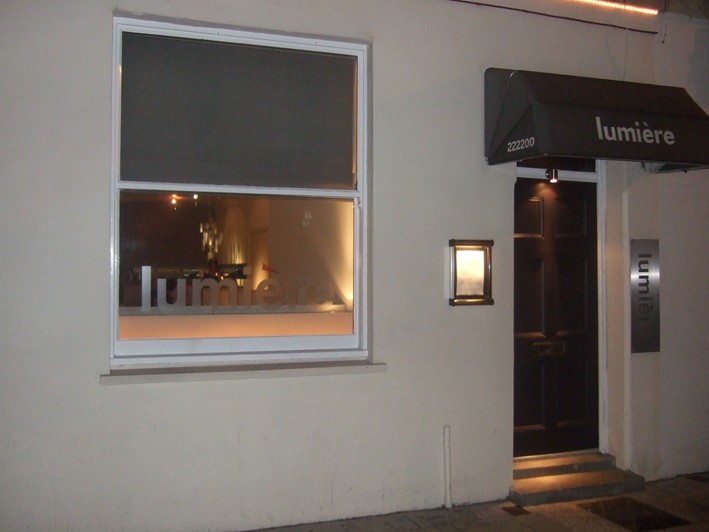
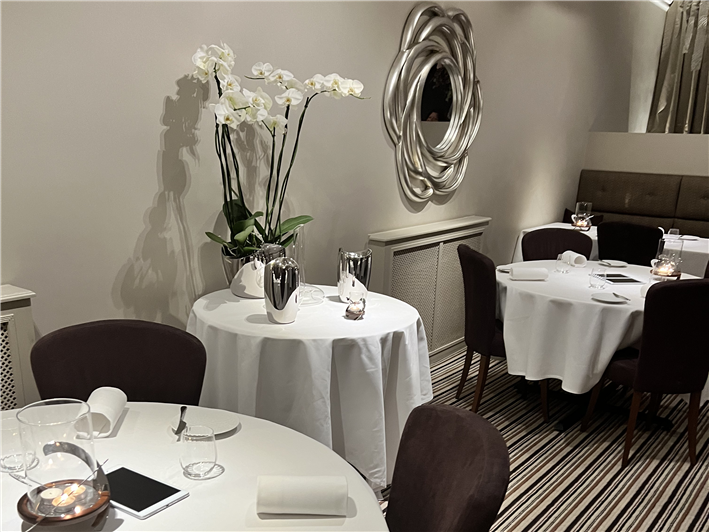
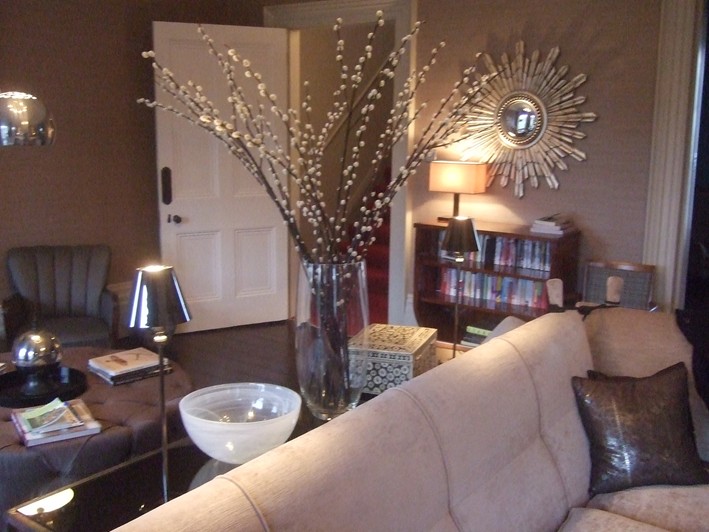

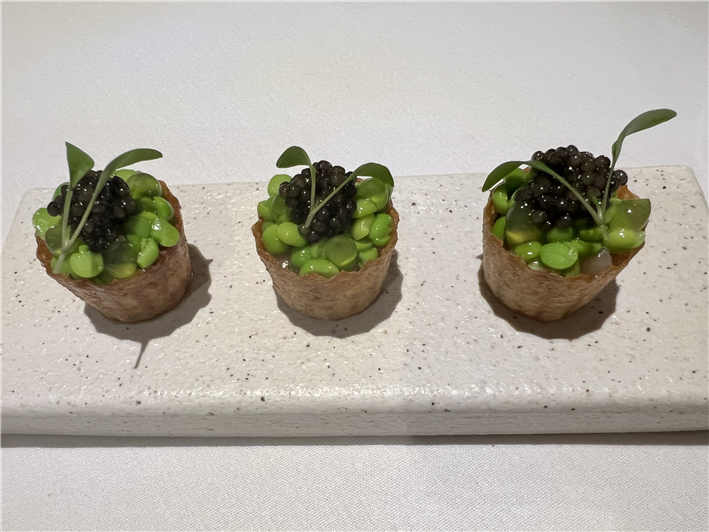
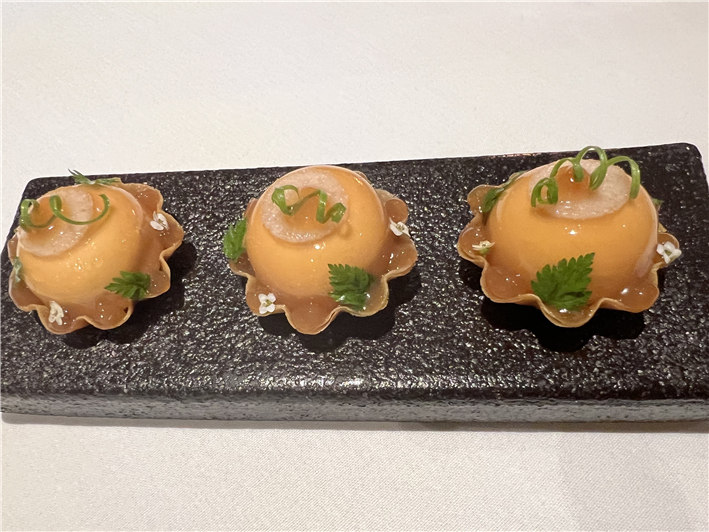
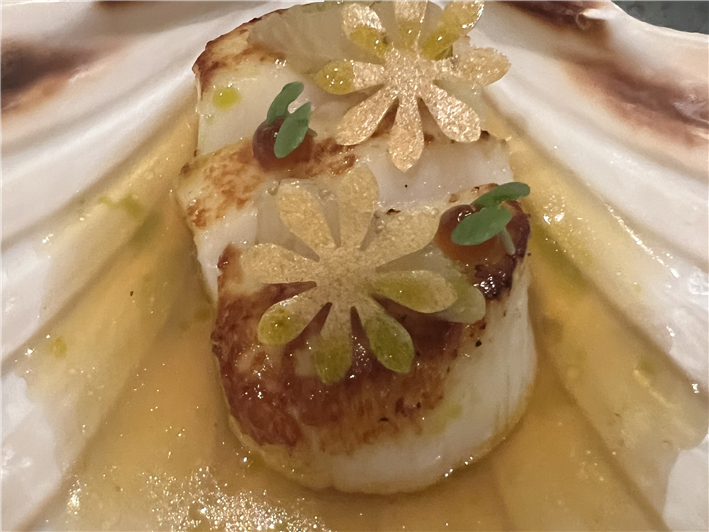
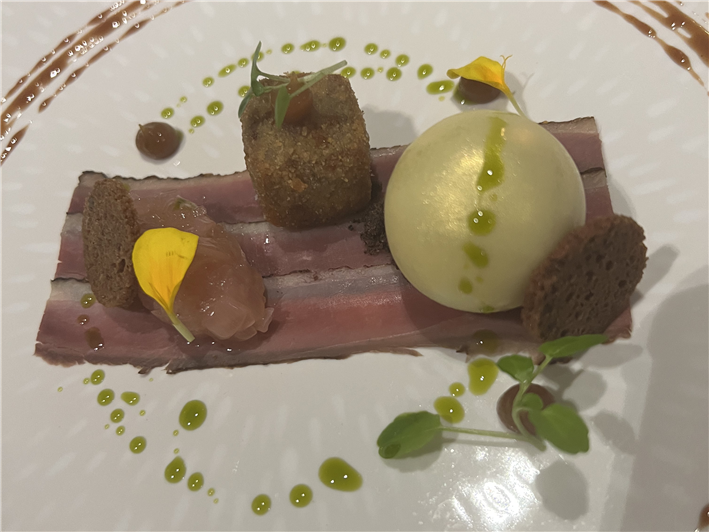


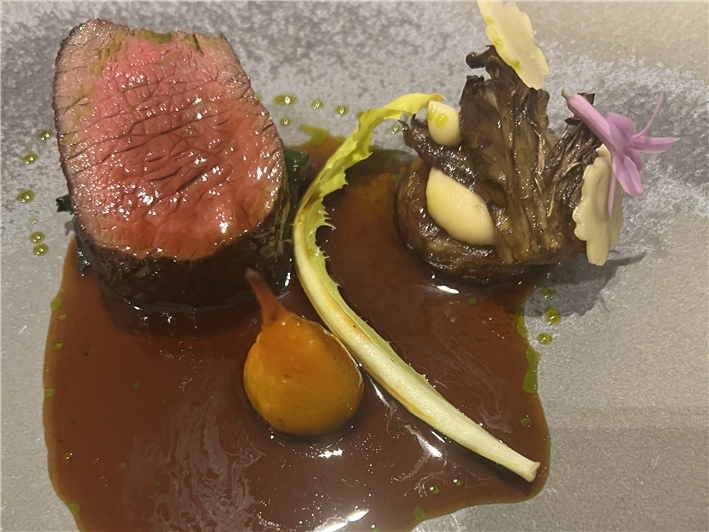
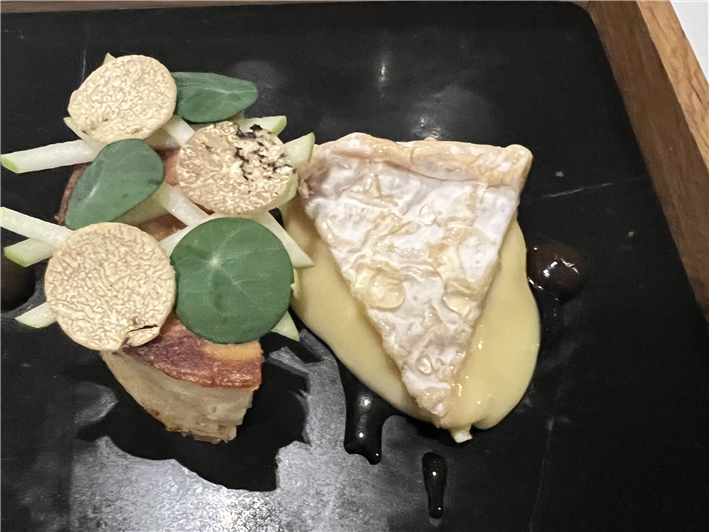
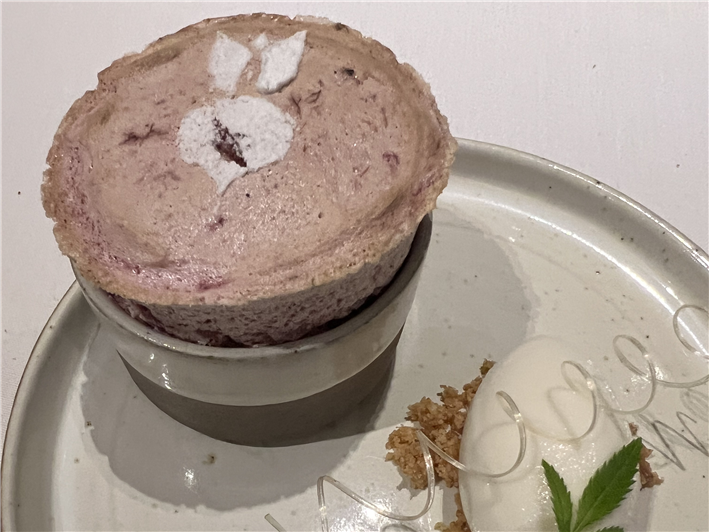
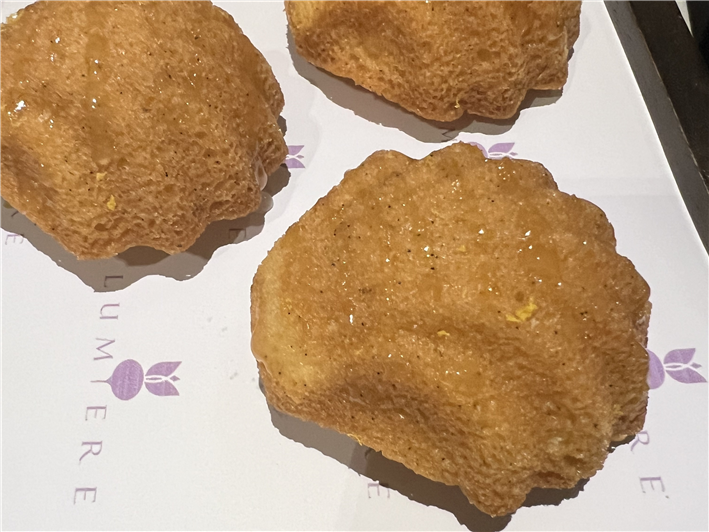
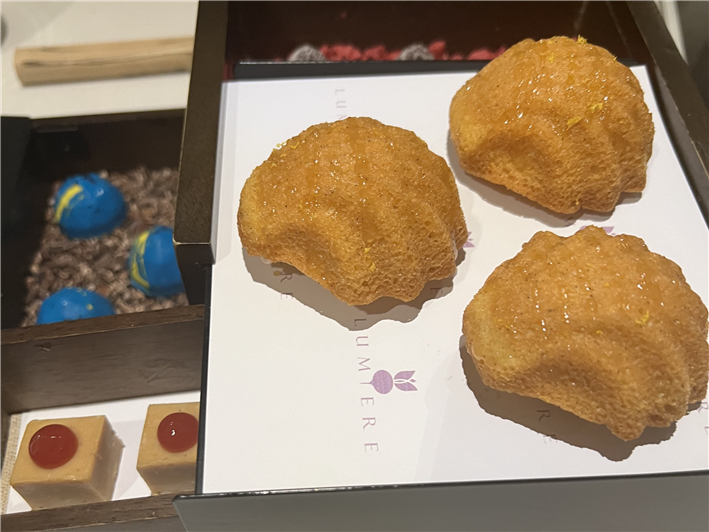
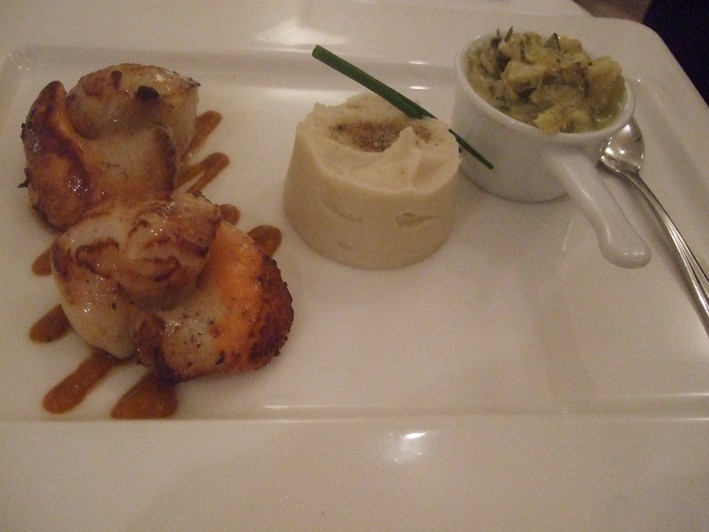
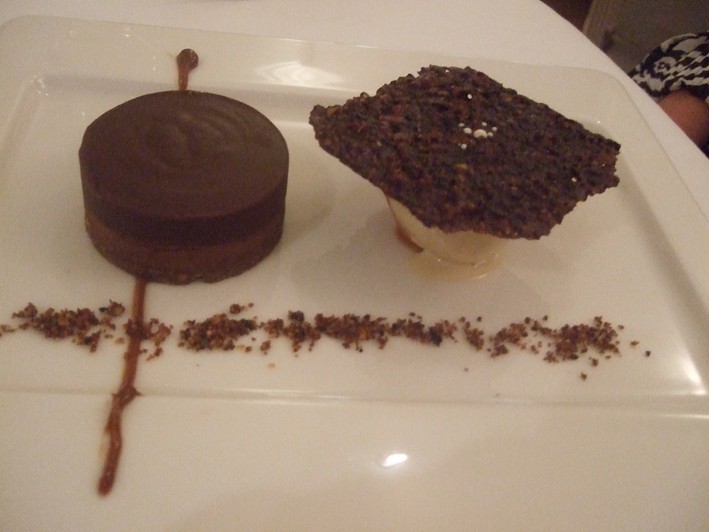
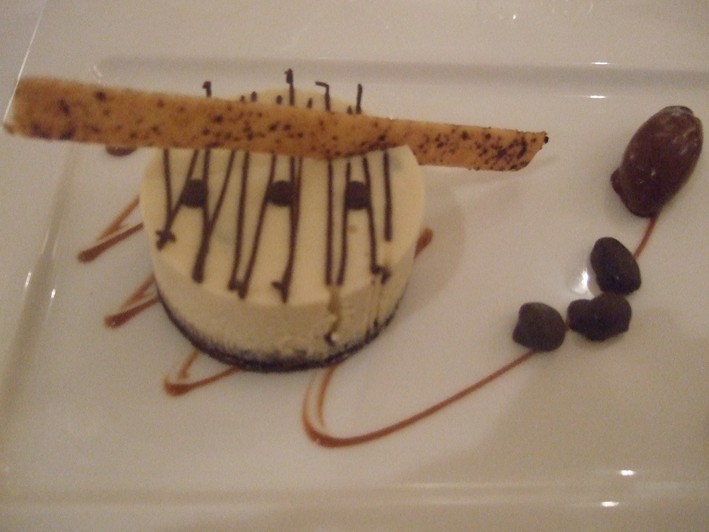
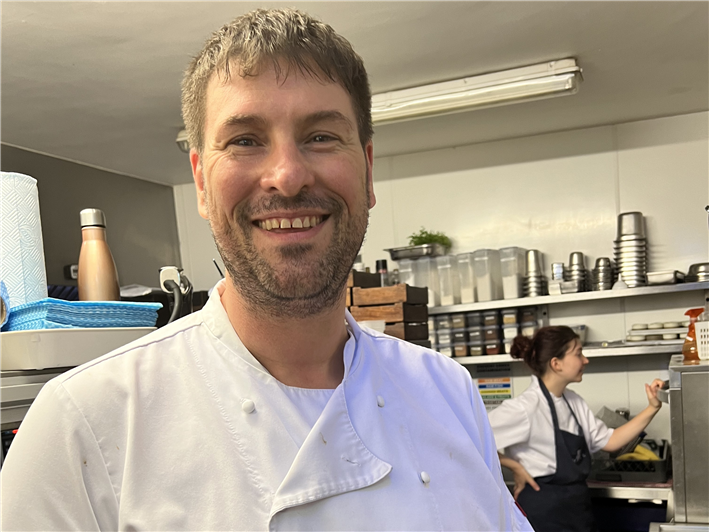

Matt
Having moved out of London We’re not too far from here. Will give this a try, you should’ve popped in for a difference coffee on your way back Hope you’re both well Matt